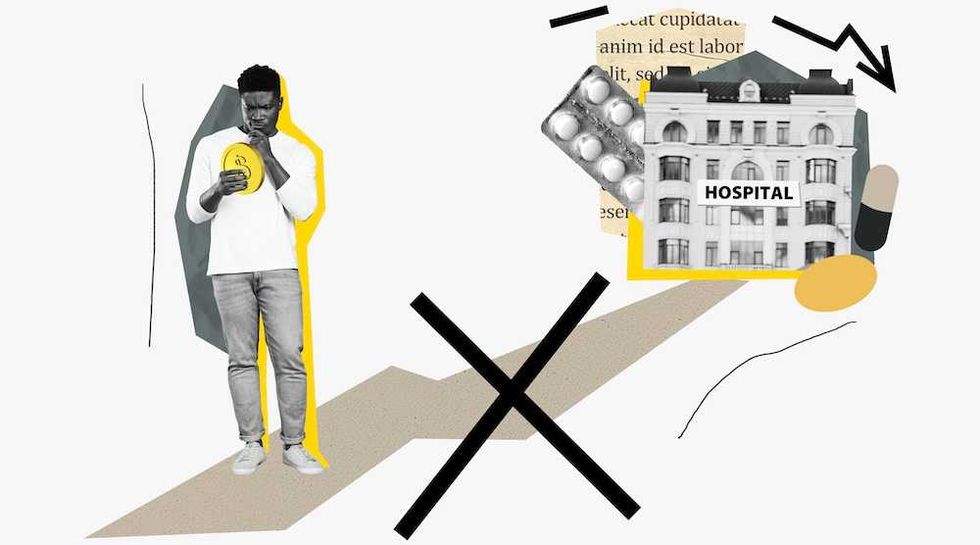
Photo by SAUL LOEB/AFP via Getty Images

The industry inflates list prices, rigs FDA rules, and pockets federal help. Patients pay staggering bills while pharma execs celebrate another year of record profits. Here's how Trump can fix it.
President Donald Trump struck a second deal last month with the world’s largest drugmakers, promising lower costs for American patients. The industry claims cooperation, offering help for consumers and expanded domestic production. Yet those same companies have raised prices on nearly 700 prescription drugs since January.
Big Pharma hopes the most unconventional president will fall back on the most conventional policy: granting the largest firms regulatory advantages, taxpayer-funded promotion, and freedom to keep ratcheting prices upward.
Trump should expose the game Big Pharma has played for years and force the industry to compete in a real marketplace.
Trump’s instincts are right. Americans pay inflated prices, and he has confronted the industry’s excesses. But Big Pharma spent decades building cartel-level dominance. Few industries mastered regulatory capture more effectively. The pharma industry wins higher prices while concealing the system that keeps costs rising.
The industry’s tactics follow a predictable pattern. With its right hand, Big Pharma announces a partnership with the White House. With its left, it secures guaranteed government contracts, political protection, and federally promoted products. Independent analysts warn that rebate schemes encourage price hikes. The dynamic mirrors a retailer inflating list prices before Black Friday to create the illusion of deep discounts.
The federal government helps tip the scales. Regulatory frameworks favor the largest drugmakers and block smaller competitors, keeping profits high and patients in the dark.
What the industry calls reform resembles a shell game that protects profits and punishes patients. The Food and Drug Administration created an “accelerated approval” pathway to speed lifesaving treatments. In practice, the system advantages the largest corporations. A 2020 study found that increases in FDA regulations boosted sales for major firms while cutting sales for smaller companies by 2.2%. Smaller manufacturers cannot absorb substantial compliance costs, which means cheaper or more effective drugs never reach the market or arrive years late.
Patients pay the price. Follow-up studies for expedited approvals lag for years, and many drugs never show clear benefits. Harvard researchers found that nearly half of cancer drugs granted accelerated approval fail to improve survival or quality of life. The FDA withdrew one in four such drugs and confirmed substantial benefit for only 12% of the rest. The drugs generated revenue, but they offered little hope to patients who paid dearly for treatments that did not deliver.
RELATED: The hidden hospital scam driving up drug prices, coming to a state near you

Meanwhile, prices keep climbing. Since Trump left office after his first term, cancer drug prices rose faster than Biden-era inflation. Median list prices for new medicines more than doubled between 2021 and 2024, surpassing $300,000 a year. In 2023 alone, drug companies raised prices by 35%. The Rand Corporation found that Americans spent more than $600 billion on prescriptions in 2022 — almost triple what patients in other developed nations pay.
Families facing cancer now shoulder thousands more out of pocket while Big Pharma posts record profits. Trump deserves credit for recognizing how unfair practices and Democrat policies pushed drug costs beyond the reach of average households.
A better path is within reach. Real reform depends on competition rather than political connections. Trump can break the illusion by opening the market, lowering barriers to entry, and cutting regulatory burdens that keep smaller firms out. He should expose the game Big Pharma has played for years and force the industry to compete in a real marketplace.
Ben Johnson